ferbulous wrote:
As for the cbu, I used UA bin but then the device doesn't turn on (no led red).
At first I did the same - I used UA bin file but then device doesn't turn on (with no UART log at all).
Then I used QIO and voila - it's alive:
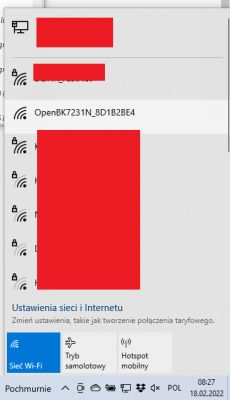
but it seems that flash configuration is not retained after power off/power on cycle. It happens for both me and Wiktor. I suspect it has something to do with unprotecting the memory. I need to go out for a walk right now, but when I come, I will look into the N version sdk, maybe they have something more in their flash access code like "deprotect(1)" etc.
Can anyone else check is the QIO binary working for them on N version chip, flashed as below:
python uartprogram W:\GIT\OpenBK7231N\apps\OpenBK7231N_App\output\1.0.0\OpenBK7231N_app_QIO_1.0.0.bin --unprotect -d com10 -w --startaddr 0x0
I just really need more test devices. Or testers.
Also, can anyone include full debug logs here, both preflashing and after flashing?
EDIT:
ExploWare wrote: @ferbulous after firmware upload is done, you'll need to setup the device
To be honest, I understood that
@ferbulous has programmed the N chip incorrectly with UA version which doesn't work, it just stucks the module in the bootloop. I have tested it right now, while writing this post. In order to get OpenBK access point showing up, you have to use QIO version (and remember ofs 0x0 and --unprotect).



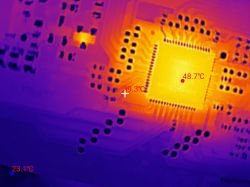
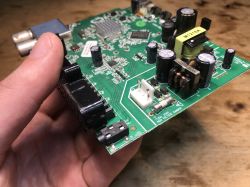

![[BK7231T] My HTTP server, configurator, MQTT support from Home Assistant [BK7231T] My HTTP server, configurator, MQTT support from Home Assistant](https://obrazki.elektroda.pl/2182387800_1645096262_thumb.jpg)
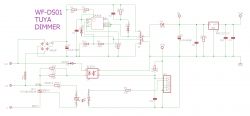
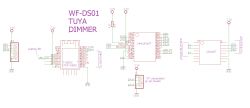
![[BK7231T] My HTTP server, configurator, MQTT support from Home Assistant [BK7231T] My HTTP server, configurator, MQTT support from Home Assistant](https://obrazki.elektroda.pl/5254692300_1645111927_thumb.jpg)
![[BK7231T] My HTTP server, configurator, MQTT support from Home Assistant [BK7231T] My HTTP server, configurator, MQTT support from Home Assistant](https://obrazki.elektroda.pl/6401085100_1645112202_thumb.jpg)
![[BK7231T] My HTTP server, configurator, MQTT support from Home Assistant [BK7231T] My HTTP server, configurator, MQTT support from Home Assistant](https://obrazki.elektroda.pl/4688287400_1645118160_thumb.jpg)
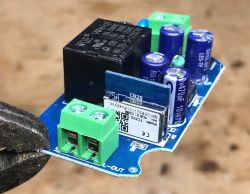
![[BK7231T] My HTTP server, configurator, MQTT support from Home Assistant [BK7231T] My HTTP server, configurator, MQTT support from Home Assistant](https://obrazki.elektroda.pl/7292786900_1645128001_thumb.jpg)

![[BK7231T] My HTTP server, configurator, MQTT support from Home Assistant [BK7231T] My HTTP server, configurator, MQTT support from Home Assistant](https://obrazki.elektroda.pl/3204492100_1645231024_thumb.jpg)
![[BK7231T] My HTTP server, configurator, MQTT support from Home Assistant [BK7231T] My HTTP server, configurator, MQTT support from Home Assistant](https://obrazki.elektroda.pl/2821870900_1645231064_thumb.jpg)
![[BK7231T] My HTTP server, configurator, MQTT support from Home Assistant [BK7231T] My HTTP server, configurator, MQTT support from Home Assistant](https://obrazki.elektroda.pl/2535359000_1645231135_thumb.jpg)
![[BK7231T] My HTTP server, configurator, MQTT support from Home Assistant [BK7231T] My HTTP server, configurator, MQTT support from Home Assistant](https://obrazki.elektroda.pl/5902004300_1645260909_thumb.jpg)
![[BK7231T] My HTTP server, configurator, MQTT support from Home Assistant [BK7231T] My HTTP server, configurator, MQTT support from Home Assistant](https://obrazki.elektroda.pl/4897975400_1645263160_thumb.jpg)
![[BK7231T] My HTTP server, configurator, MQTT support from Home Assistant [BK7231T] My HTTP server, configurator, MQTT support from Home Assistant](https://obrazki.elektroda.pl/1134972000_1645263160_thumb.jpg)
![[BK7231T] My HTTP server, configurator, MQTT support from Home Assistant [BK7231T] My HTTP server, configurator, MQTT support from Home Assistant](https://obrazki.elektroda.pl/3098281600_1645263160_thumb.jpg)
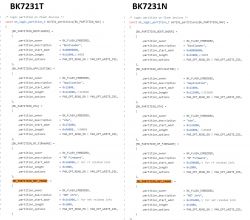

![[BK7231T] My HTTP server, configurator, MQTT support from Home Assistant [BK7231T] My HTTP server, configurator, MQTT support from Home Assistant](https://obrazki.elektroda.pl/8493625300_1645399929_thumb.jpg)
![[BK7231T] My HTTP server, configurator, MQTT support from Home Assistant [BK7231T] My HTTP server, configurator, MQTT support from Home Assistant](https://obrazki.elektroda.pl/7411184300_1643634720_thumb.jpg)